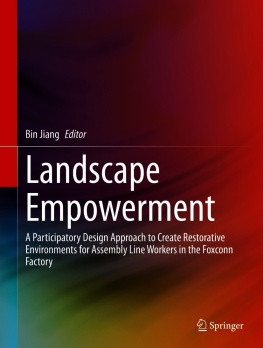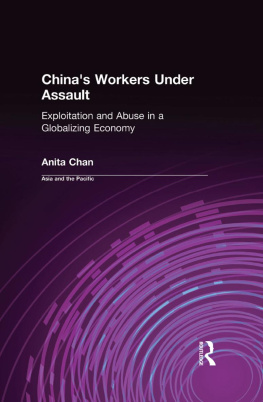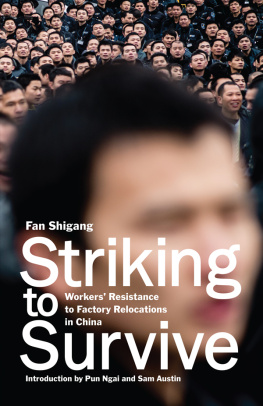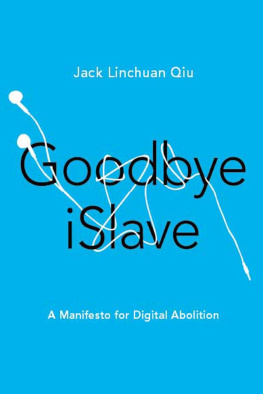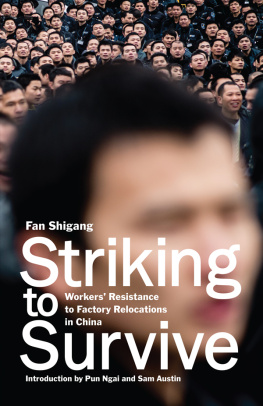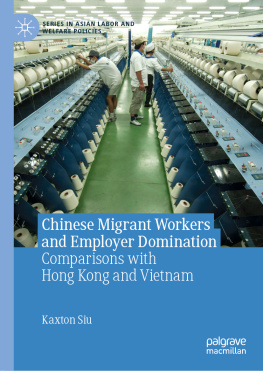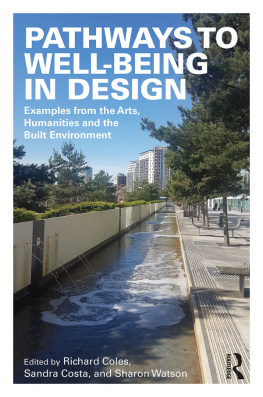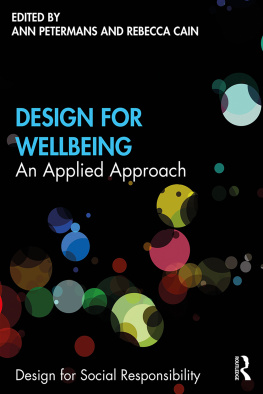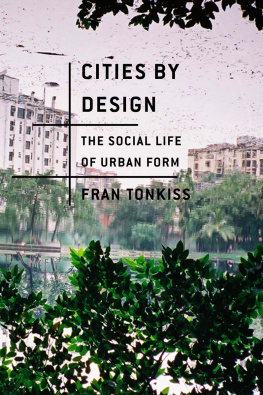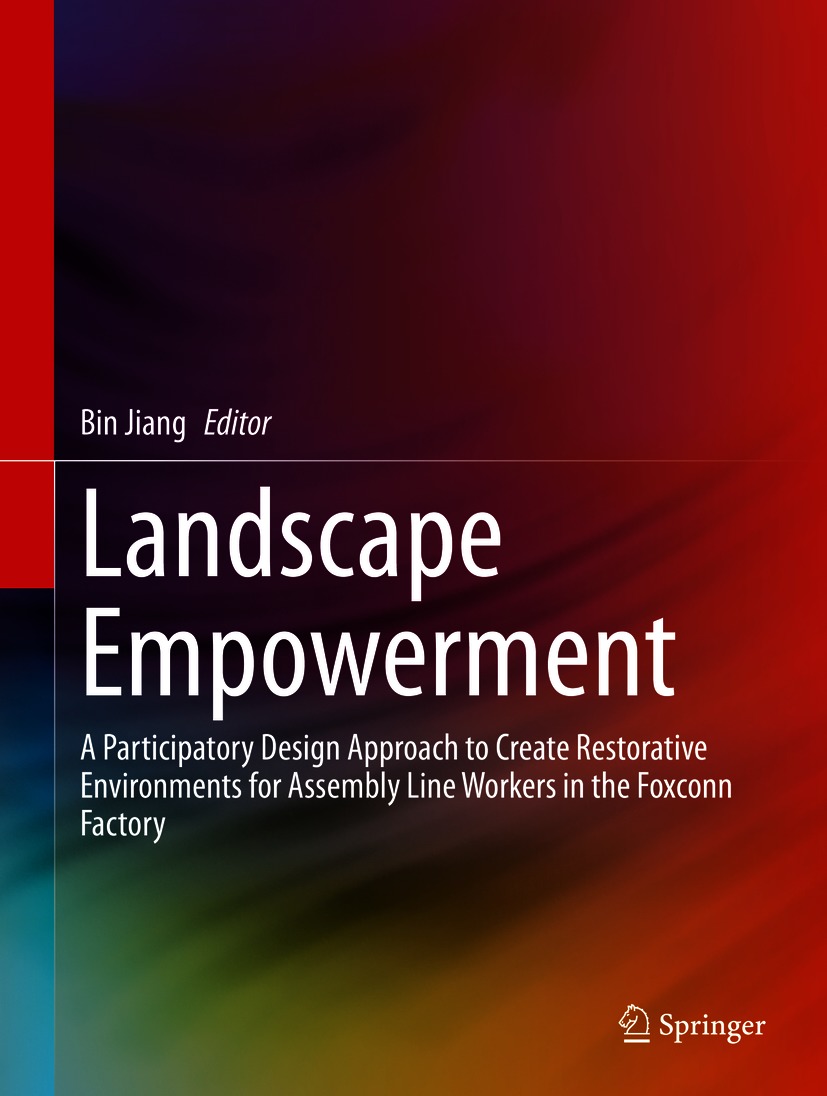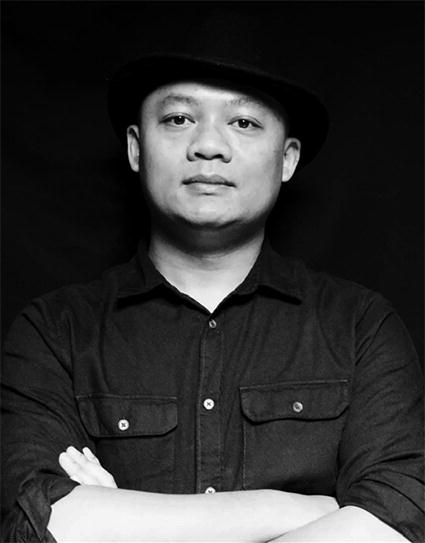Editor
Bin Jiang
The University of Hong Kong (HKU), Hong Kong, Hong Kong
Virtual Reality Lab of Urban Environments and Human Health (UEHH), HKU, Hong Kong, Hong Kong
Research & Method Track, Council of Educators in Landscape Architecture (CELA, USA), Raleigh, NC, USA
University of Illinois at Urbana-Champaign, Champaign, IL, USA
ISBN 978-981-15-2066-2 e-ISBN 978-981-15-2067-9
https://doi.org/10.1007/978-981-15-2067-9
Springer Nature Singapore Pte Ltd. 2021
This work is subject to copyright. All rights are reserved by the Publisher, whether the whole or part of the material is concerned, specifically the rights of translation, reprinting, reuse of illustrations, recitation, broadcasting, reproduction on microfilms or in any other physical way, and transmission or information storage and retrieval, electronic adaptation, computer software, or by similar or dissimilar methodology now known or hereafter developed.
The use of general descriptive names, registered names, trademarks, service marks, etc. in this publication does not imply, even in the absence of a specific statement, that such names are exempt from the relevant protective laws and regulations and therefore free for general use.
The publisher, the authors and the editors are safe to assume that the advice and information in this book are believed to be true and accurate at the date of publication. Neither the publisher nor the authors or the editors give a warranty, expressed or implied, with respect to the material contained herein or for any errors or omissions that may have been made. The publisher remains neutral with regard to jurisdictional claims in published maps and institutional affiliations.
This Springer imprint is published by the registered company Springer Nature Singapore Pte Ltd.
The registered company address is: 152 Beach Road, #21-01/04 Gateway East, Singapore 189721, Singapore
All rights reserved. No part of this publication may be reproduced, stored in a retrieval system, or transmitted, in any form or by any means, electronic, mechanical, photocopying, recording or otherwise without the prior permission of the publisher.
Preface
Urban Villages as the World Factory Workers Habitat
There is no doubt that the rise and fall of the Qinghu Village are closely related to the profound changes in the world industry pattern, especially from the manufacturing sector. In the past few decades, due to the international shift of manufacturing patterns, Chinas reform and opening up, a large number of peasants have uprooted from their hometown to pursue their dreams in the hotspot of the Pearl River Delta. They trade in countless world factories for meager incomes through long hours at the expense of family life and physical health. More importantly, they are looking for opportunities to stay, take root, and prosper in the city. Therefore, the factory and the urban village formed an intricate, conflicted, yet relatively stable relationship. In this relationship, the forces of material space, multi-facial local culture, and social and economic structure are constantly driving the change of urban village and even the city.
The Division of Landscape Architecture of The University of Hong Kong built a long-term cooperative relationship with Shenzhen Longhua Foxconn Community in order to help the revitalization of the community and landscape improvement. Since December 2015, Dr. Bin Jiang from The University of Hong Kong has led the research and design team to conduct field research work for/with Longhua Community and the adjacent factories.
In the past 3 years, Dr. Bin Jiang led young designers to Shenzhen Longhua Foxconn Community to conduct design workshop. This book records the investigation and the design process of the young designers from The University of Hong Kong. There are three major sections in this book, namely, (1) Investigation and Analysis of Qinghu Community in Global, Urban, and Community Scale, (2) Design for the Community Environment, and (3) The Deep and Systematic Reconstruction of the Community.
Bin Jiang
Hong Kong S.A.R.
Foreword by Mathew Pryor
Balancing the demands of high-intensity factory production that underpins the countrys unparalleled economic growth with the environmental and social quality of daily life for the thousands of migrant workers and local residents within the factory communities of Southern China is an example of what Horst Rittel (in the 1960s) described as a wicked problem complex and indeterminate, with obscure and often contradictory aspects, and one which cannot easily be resolved.
The hypersensitive and operationally constrained conditions within and around the factories at Longhua, and the transitory nature of many of the communities involved, present huge challenges, even for mature professionals. Constructing a detailed understanding of local environment and society, defining meaningful objectives, and choosing optimum moments for intervention, and the generation of relevant and resilient design proposals, are only possible through extensive and patient ethnographic research, working alongside local representatives to get inside both the physical sites and the contextual issues.
These difficulties cannot be understated and underscore the incredible achievement and superior quality of the student work in the studios and workshops presented in this book. It also stands testament to the insightful pedagogical design of the instructors and their very careful and detailed planning, through which these unique and comprehensively grounded experiential learning opportunities have been created for the students.
These initiatives stand very much at the forefront of the work of the Division of Landscape Architecture and succinctly represent its mission to develop students landscape knowledge and design skills through projects and studies that address the severe environmental and societal (wicked) challenges that society faces in the twenty-first century. They also serve to expand the landscape architectural discipline within the region and to define a more critical and impactful role for the profession.

